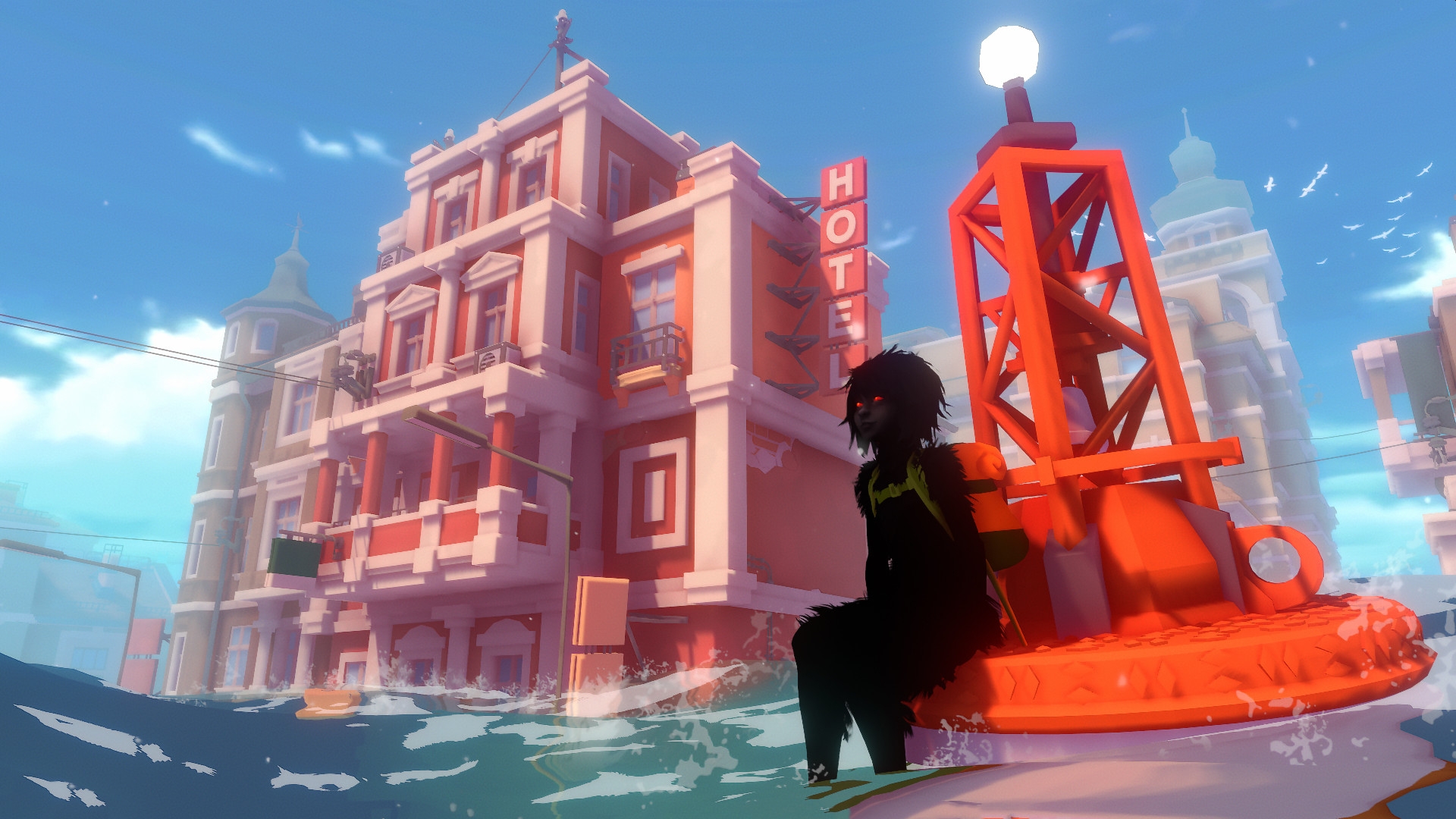
The indie game industry has managed to commodify emotional trauma into a nicely packaged product. Stories of conflict, abuse, and even mental disorders have become as generic and played out as any broad AAA military first person shooter. It has become harder than ever for a developer to distinguish their personal story in the vastness of the endless digital bargain bin of emotional tampons.
Making something like Sea of Solitude is probably an easy sell to most publishers these days. What soulless distributor wouldn’t want to get street cred from releasing an avant garde, story-driven indie game that wins meaningless awards?
The initial release of Sea of Solitude was a mulligan; criticized for the amateur voice acting and spotty script written by Europeans who have English as a second or third language.
As Sea of Solitude: The Director’s Cut, the designers took the chance to upgrade the Switch port to make the narrative’s presentation a little less embarrassing. Is this indie game as deep as the vast ocean its set on? Or is it as shallow as a puddle?
Sea of Solitude: The Director’s Cut
Developer: Jo-Mei
Publisher: Quantic Dream
Platforms: Nintendo Switch
Release Date: March 4, 2021
Players: 1
Price: $19.99 USD
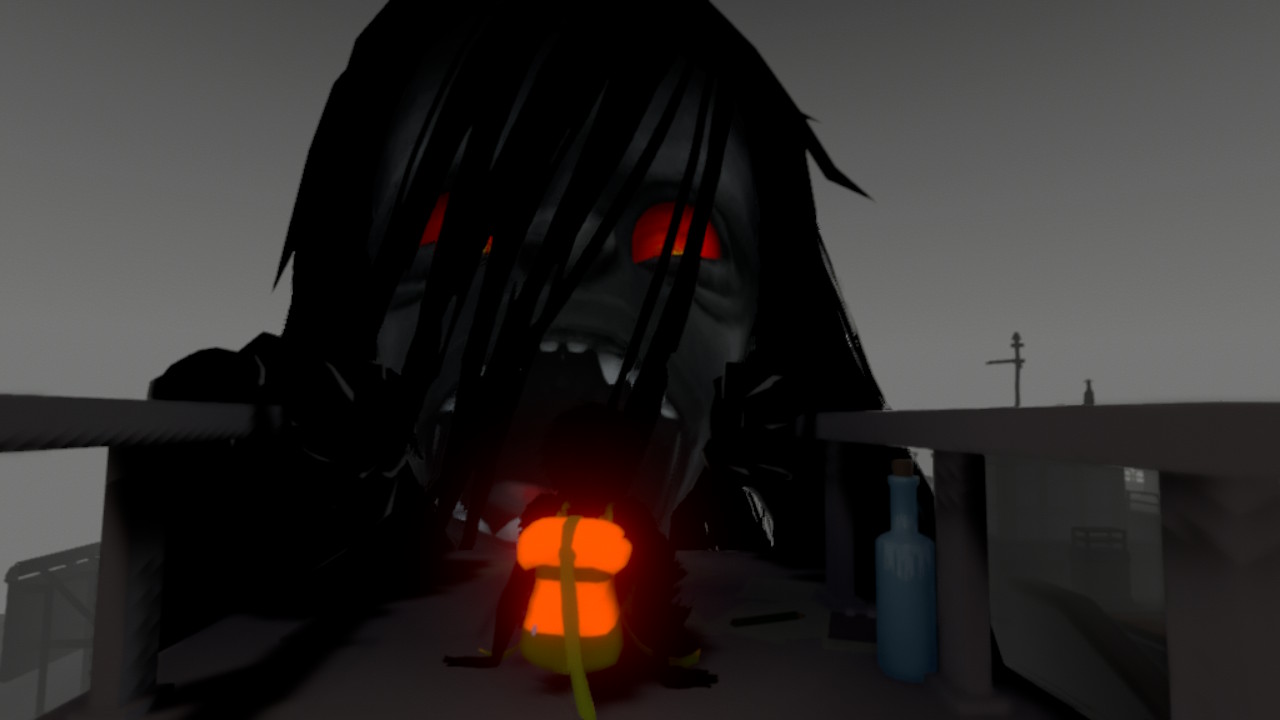
Symbolism and allegory are powerful tools for a story teller. These flourishes can add layers to an experience, and make the viewer or player consider the art on a deeper level. Like a good joke, what matters is the execution and manner it is told. Sea of Solitude: The Director’s Cut underestimates the player, and wastes its imagery.
People are complex, and everyone has had innumerable events or encounters in their lives that were instrumental in shaping who they become. The problem with Sea of Solitude is that it is so laser focused on key events in the lives of the characters, and bluntly obvious with its symbolism, to the point that it shouldn’t even bother symbolizing anything.
Nobody is perfect and everyone is flawed. Sea of Solitude agonizes over this as if it is the fall of humanity. At its core, this is a story about Kay and her family, and how they all affected each other in different ways. In some cases, others were bigger victims than the other, and they all have a cross to bear.
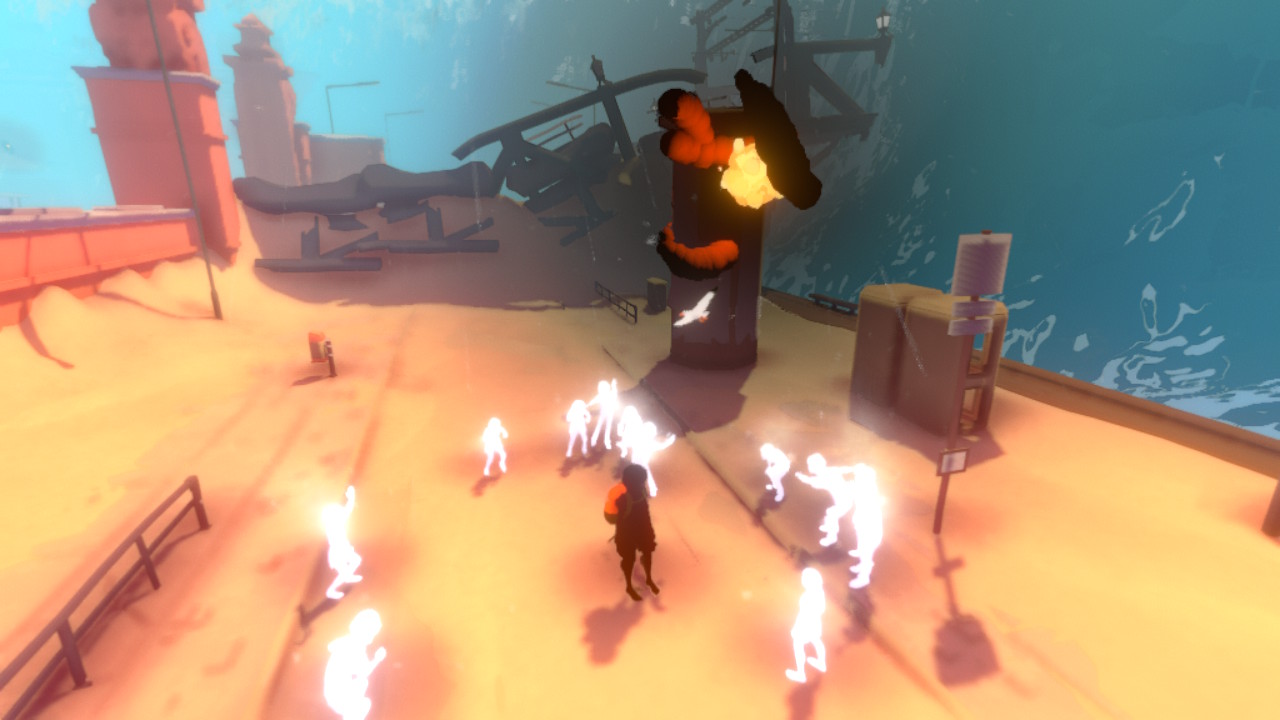
Kay, her younger brother, and their parents, are all depicted as monsters in a flooded old timey European city. The crushing pressure of the waters is obviously the weight of the troubles that Kay and her family feels and its tides fluctuate. As the chapters go by, the water level can rise past the highest spires, or can be low enough to allow Kay to explore the floor.
Gameplay can be best described as a third person platformer with some boating sim sequences. Kay is able to swim, climb up some ledges or ladders, or use a homing beacon that shows here where the next objective is. Once in a while Kay may have to solve some puzzles which rarely amounts to anything more complex to gathering some balls of light.
Roaming the bright blue waves that crest upon the blindingly orange architecture can be relaxing, and the calming atmosphere does make a picturesque visual for fans of photo mode. The stormy moments where the metaphorical monsters become a threat do an admirable job at making the environment feel hostile.
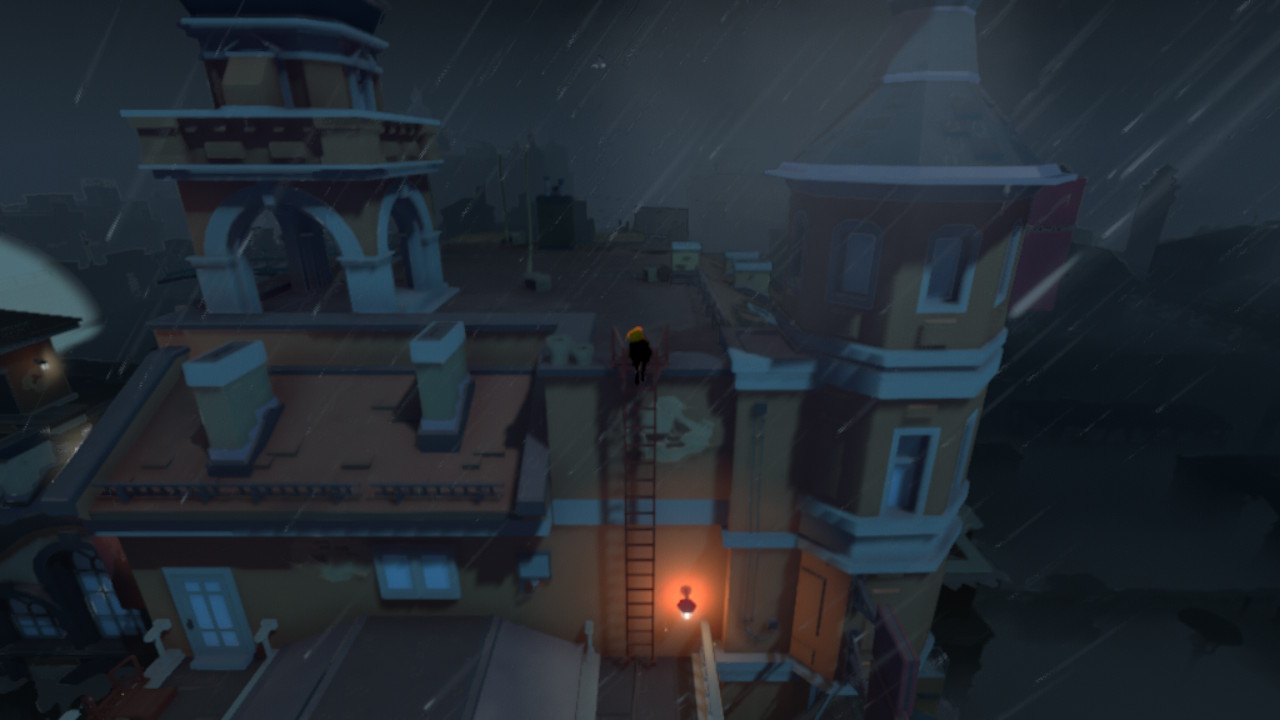
Rain effects are convincing, and the angry waves crashing against the buildings carries a bit of heft. Even when traversing floating makeshift pontoons, the turbulent waters can realistically lift Kay off the surface in a believable manner. The physics and how the water is implemented amidst the appealing setting is one of the aspects that carry Sea of Solitude; because the rest fails to do it.
The core mechanics of Sea of Solitude could have worked if the team had spent more time refining it. Kay has an unusually slow and delayed interpolated turn to her movement. She also has a very buggy jump that does not connect properly between scalable surfaces, and results in some awkward moments of her getting stuck.
When falling from great heights, she barely reacts to connecting with the floor. Instead of falling flat on her side or even to her hands and knees, she always lands perfectly on the soles of her feet; which looks extremely painful and also is very distracting. She comes across as weightless, and the way she snaps to ledges when climbing up them is jarring and sudden.
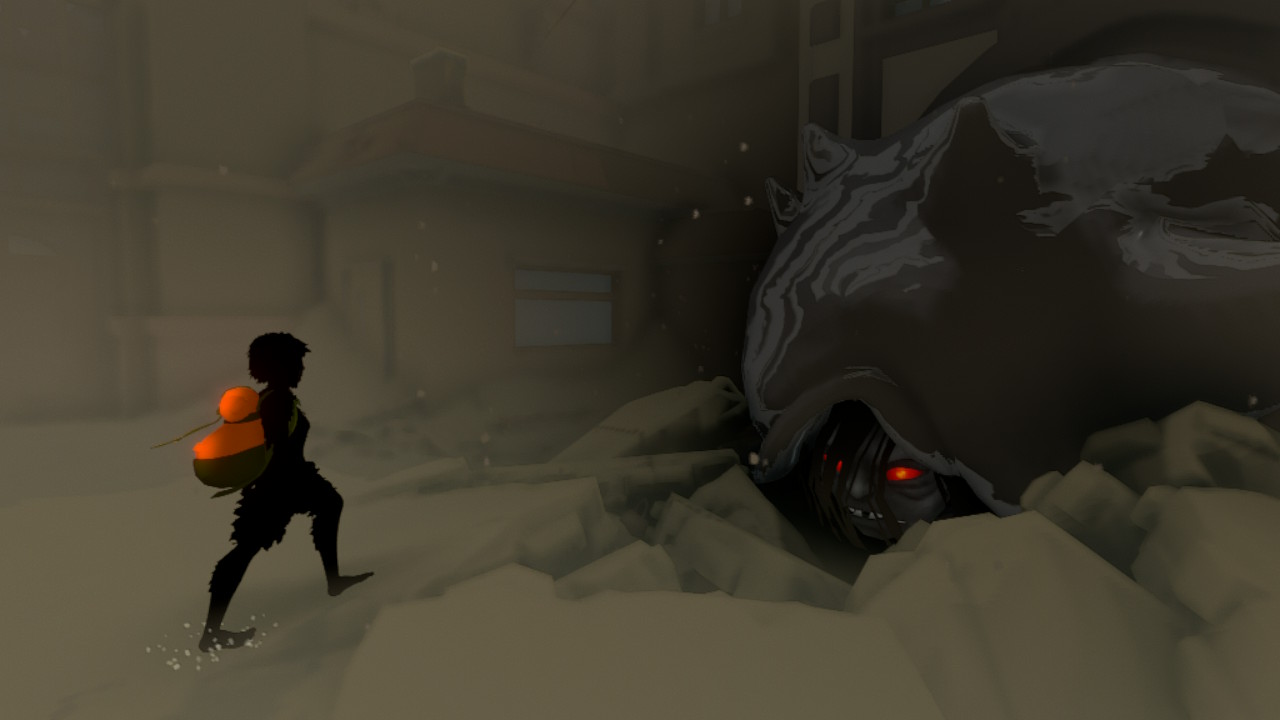
Once in a while animation might get glitchy, and the result will have Kay driving her little boat while standing upright. Seeing this girl rigidly stand up as the skiff bounces up along the waves looks ridiculous, and breaks the mood.
The other modules of gameplay involve having Kay swim in dangerous waters, where a self-loathing monster manifestation will stalk the waters like a great white shark. These moments are great at feeling tense, and look great when the beast manages to gulp down the protagonist.
Other times, Sea of Solitude will have Kay get to specified vantage points to aim beams of light at the metaphorical meanies, and that is never more complex that aiming with an analogue stick. The worst aspect of Sea of Solitude‘s game design is what can be laughingly referred to as engaging the enemy.
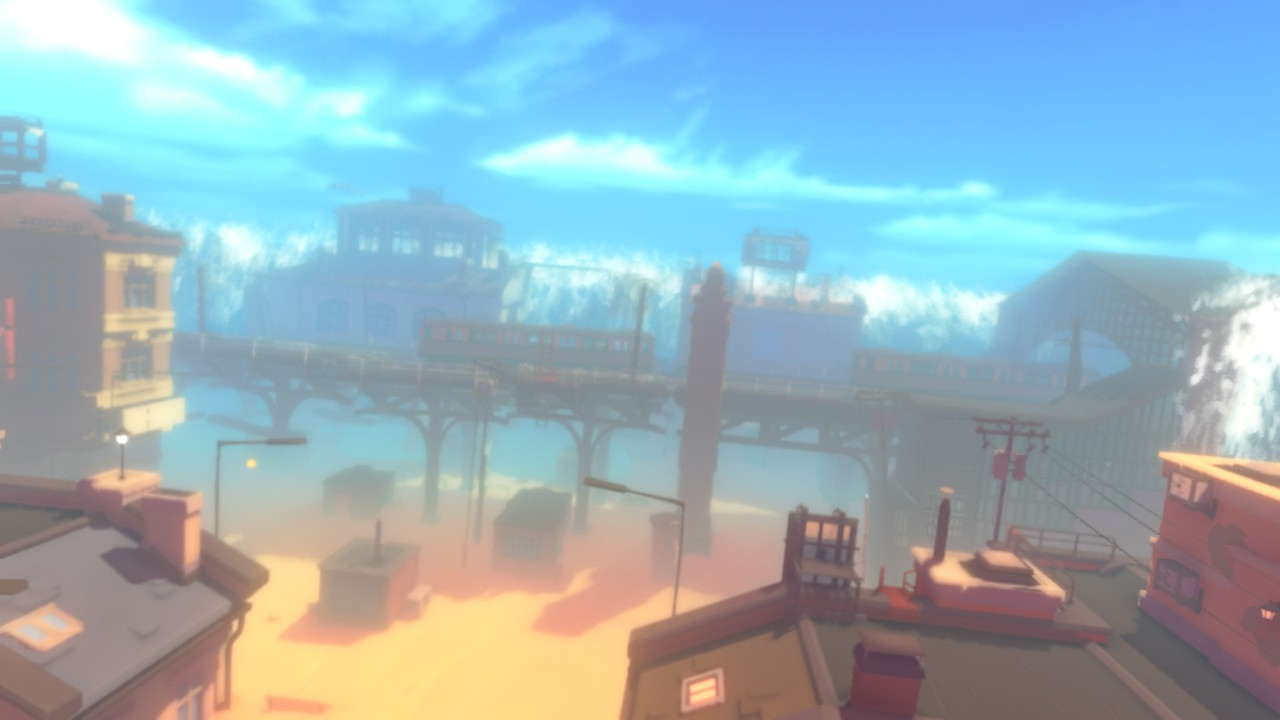
Sea of Solitude will sometimes have Kay go up against absurd bully manifestations. The only way to dispatch these swarms of punks is to bait them to an area where Kay is able to light up the zone using that honing beacon ability. Aside from being really dull, having to do this is more frustrating than it seems.
Sea of Solitude can have many of these bullies on screen, and since most characters are depicted as these shadowy ragamuffins, it can be especially difficult to discern the threats in dark environments. Sea of Solitude can be very dark and murky.
Having to get these punks to chase Kay to a trap becomes a tiring and tedious ordeal, since she can only take a couple of hits. Further, it can be easy to get overwhelmed by a horde of boys who were well hidden in the poorly lit environment. It can feel like walking into a mosh pit with the lights out, but everyone can see you and they all decide to target only you.
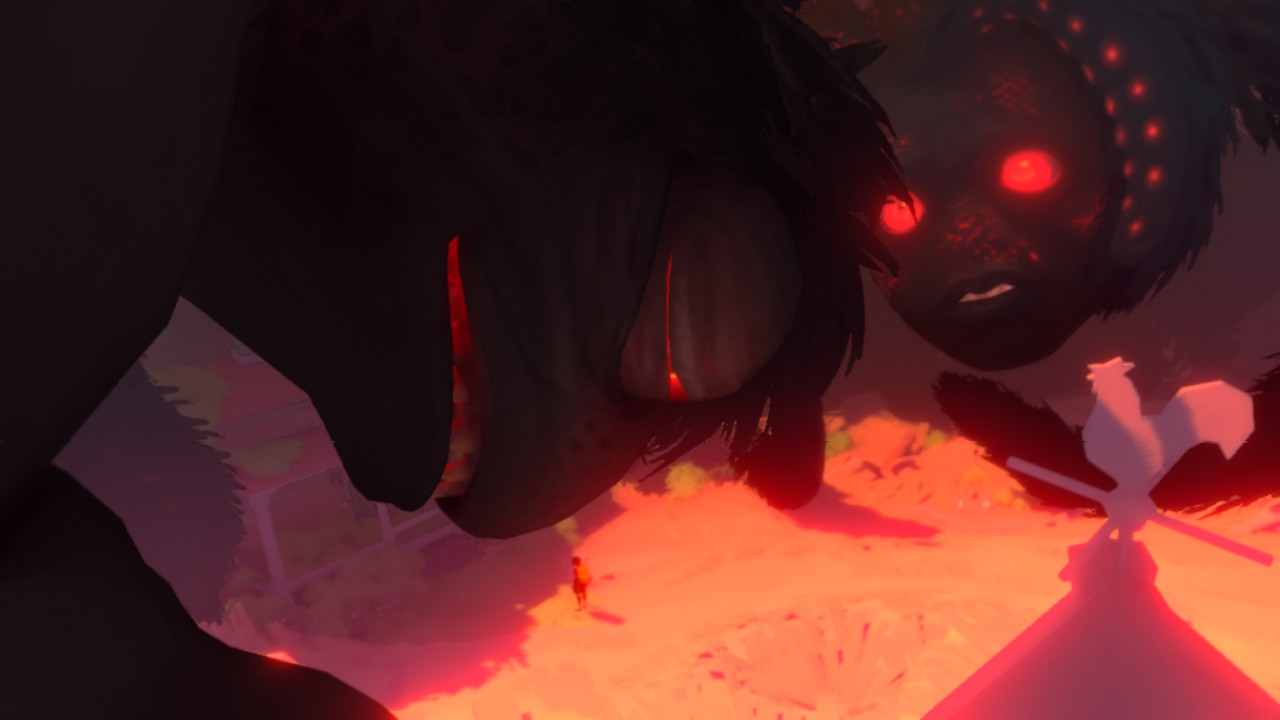
The designers seemingly recognize just how poorly thought out these moments were, since there is no penalty or setback for dying during these parts. Kay respawns at the same wave of bullies (sometimes right in the middle of them), and there is no punishment for failure. There can be many waves of bullies during these set-pieces, so the question is why did the developer choose to bother at all?
The boating can be a bit buggy too. Sometimes when following another boat, Kay’s skiff can get swept up under the larger craft and get stuck. It is even possible to get her boat stuck on a dock or pier, with it unable to be used until the next checkpoint. This oversight means having to either reload to the last checkpoint, or to manually swim to the next waypoint.
Sea of Solitude is very rough. Unity can produce impressive results on Switch hardware, but the small team were not prepared to ensure a smooth optimization. Frame rate is very choppy, and the draw distance is also very low. The latter is especially unfortunate because the game tends to have the camera pull out to a very far range quite often.
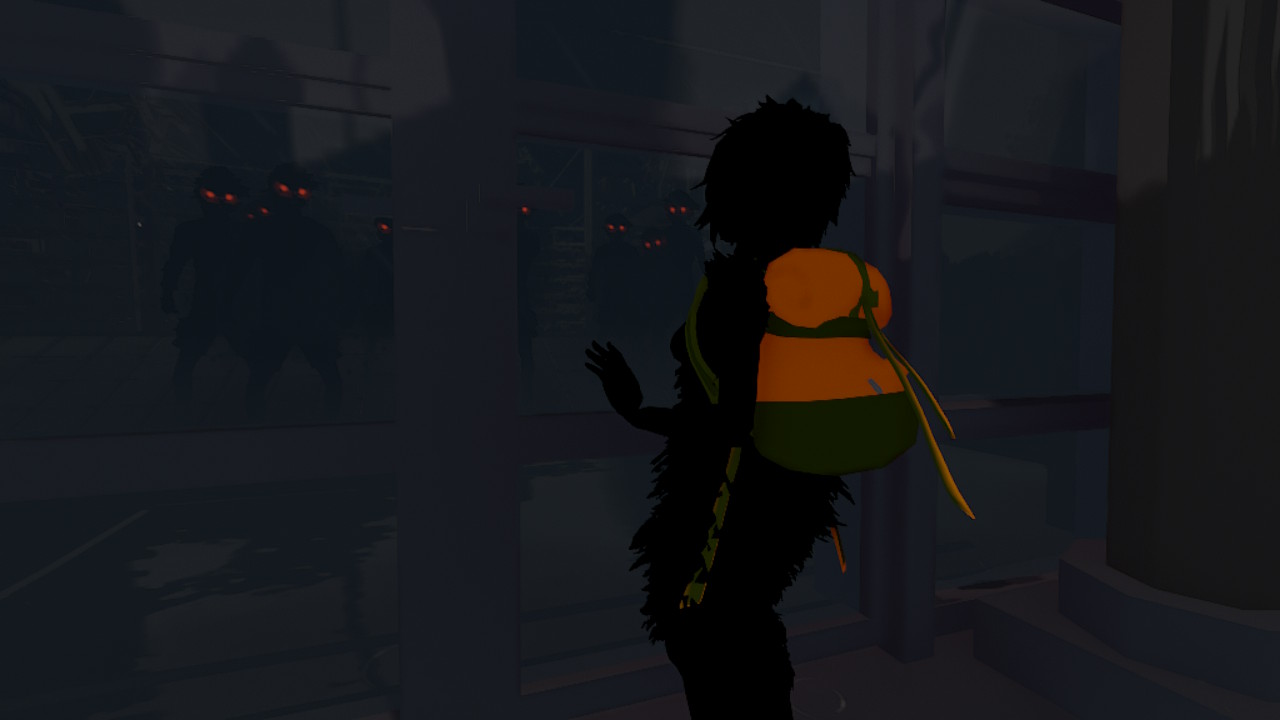
For a game so focused on depicting the dark sides of people, the shadow quality is very poor. Not just poor- but also absent from a few meters away. Shadows have that jagged, saw-toothed edge that is common with many poorly optimized Switch ports that punch up beyond what they can achieve.
The family’s story and how the symbolism of the monsters representing them is also inconsistent. The handling of Kay’s little brother, Sunny, is especially embarrassing because it is so absurd and over the top.
While it is possible for some of the events in Sea of Solitude to be inspired by things that happened to the developers, the manner and how they are depicted in the game is with the grace of a drunken Mike Tyson in a potato sack race.
Sunny is the only character is who genuinely innocent in the family full of selfish jerks. He gets bullied at school, and may have been the victim of terrible abuse. Why he is depicted as a gigantic crow is unclear. Even when he is restored to his human form, his appearance does not fit the description of what the bullies call him.
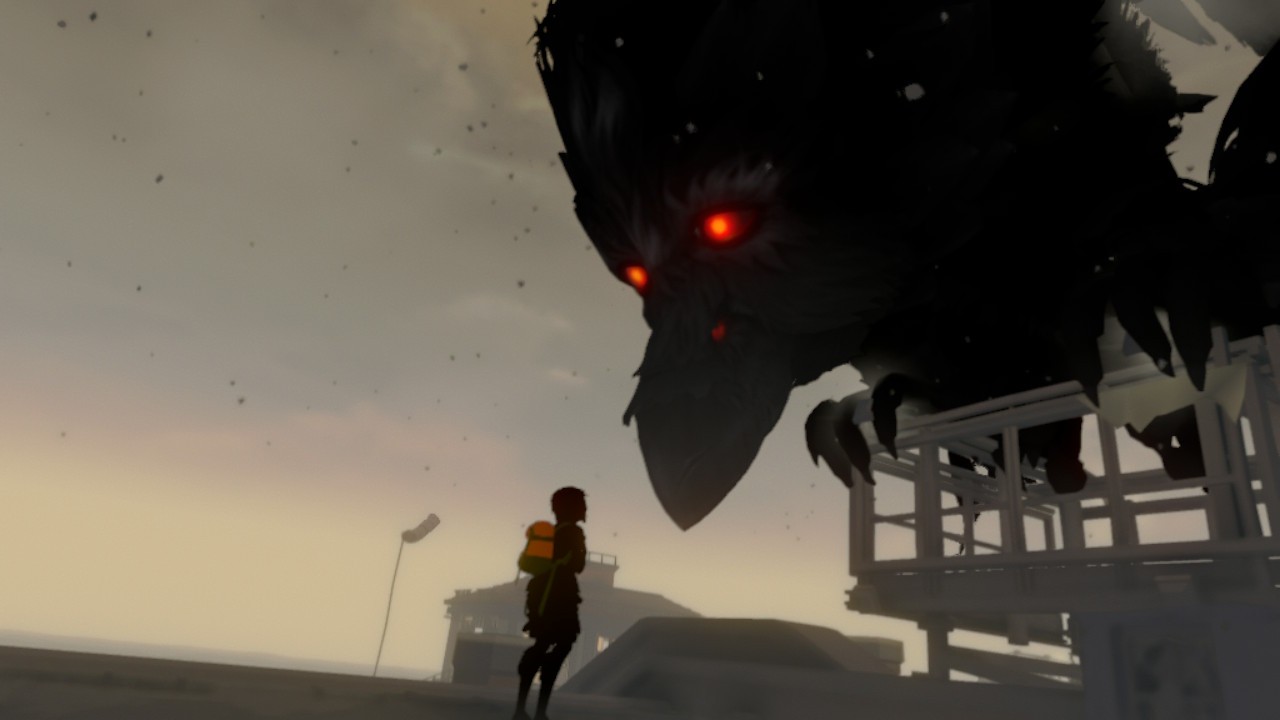
The dialogue was recorded and rewritten to be less unintentionally hilarious, but it really does not matter when the actors are given such on the nose dialogue. Every character comes off as unlikeable; including the meek and pathetic Sunny, who is a natural born victim and is unable to stand up for himself. Kay and her parents are selfish and nobody listens to anyone.
The gross lack of communication is unbelievable. The fact the parents stayed together as long as they did is unrealistic, and likely would have gotten divorced. Flashback dialogue suggests early on that the parents only hooked up out of in-the-moment passion, and ultimately weren’t right for each other.
This wishy-washy depiction also extends to Kay’s boyfriend, who for some reason acts like the girlfriend in the relationship. Every character is a bipolar mess, and it is a shock that any of these people can function at all. The abstract nature of the story telling only shows the extremes, and there is no nuance at all.
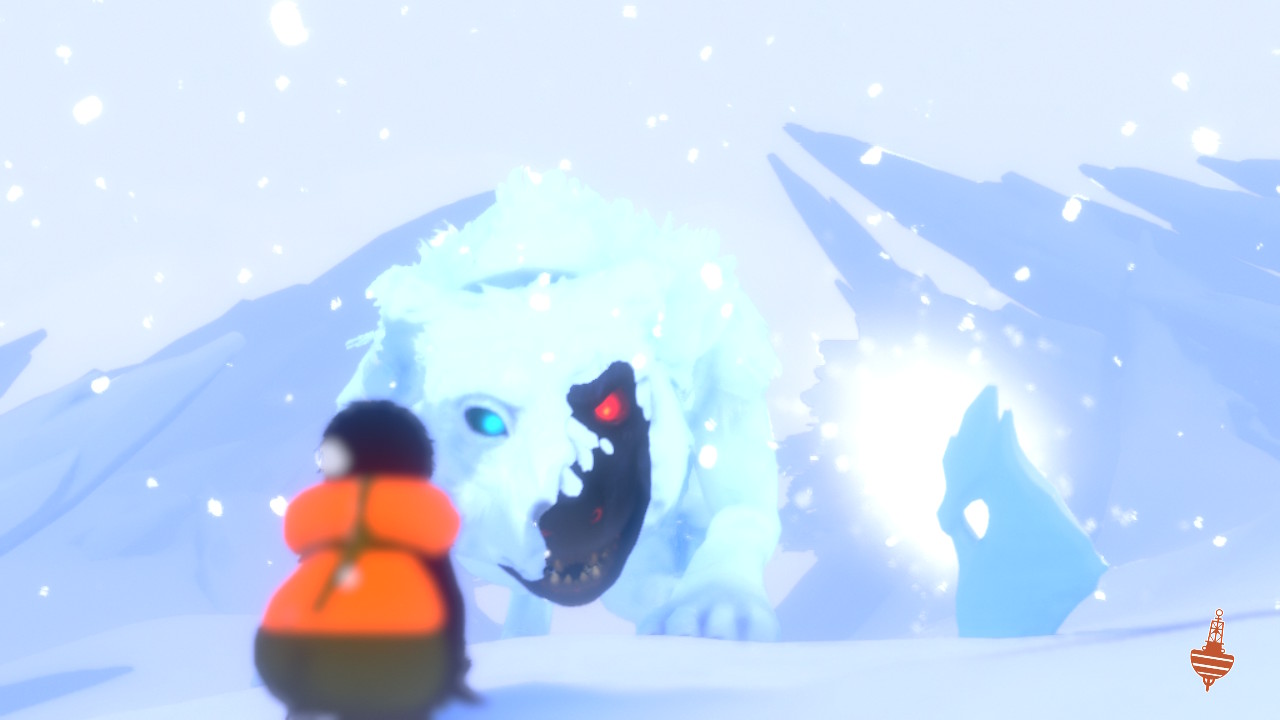
The game will please gamers who enjoy ocean ambiance. The dreamlike setting is nice to look at, but the fun ends there. The melodramatic story is very hard to take seriously, and every character being unlikeable makes it hard to latch on to anything. The ambient music can only do so much to suck the player into the setting if everything else is subpar.
Sea of Solitude feels like it was written by the smartest kid in the literature class from high school. Not the smartest kid in the school- just that one class. It has a very simplistic view on people, and the troubles that come with growing up. Why bother with monster manifestations at all, if every monster is going to be such an extremely literal depiction of their respective family member?
The simplistic gameplay could have carried the sloppy story if it was more polished. Animation breaks and the bugginess of the collision happen far too frequently in such a short game. If Sea of Solitude: The Director’s Cut was marketed as a satire of pretentious, arty, non-engagement style indie games, it would probably fool everyone.
Sea of Solitude: The Director’s Cut was reviewed on Nintendo Switch using a review code provided by Quantic Dream. You can find additional information about Niche Gamer’s review/ethics policy here.